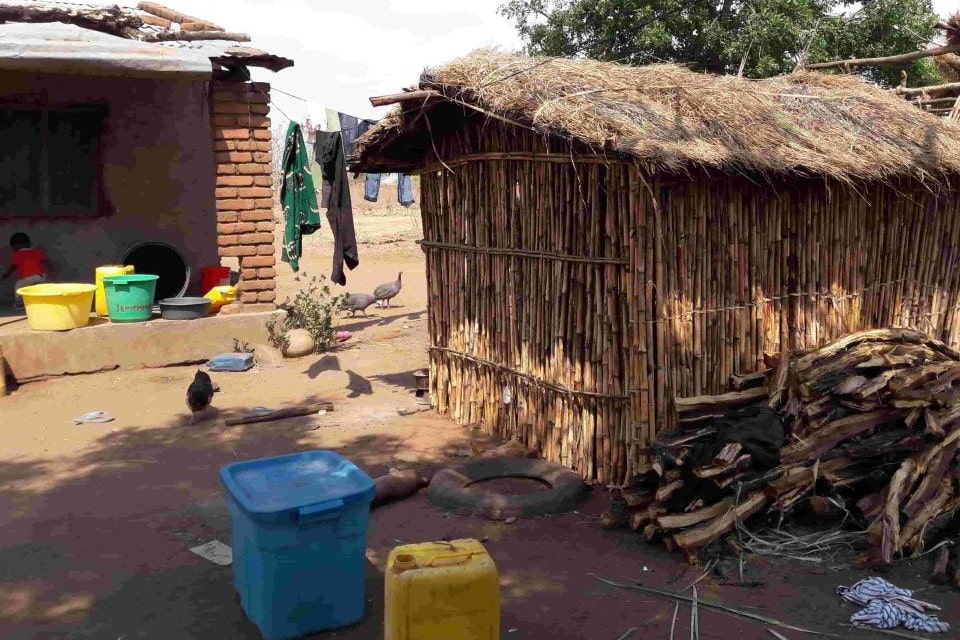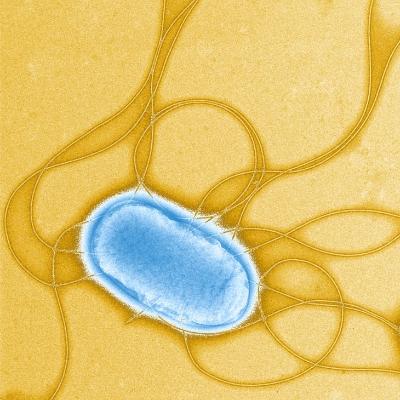
An international study involving Dr Catherine Wilson, as part of her Wellcome funded Clinical PhD at the University of Liverpool (now at the University of Cambridge), Professor Eric Fevre, University of Liverpool, the Malawi Liverpool Wellcome Research Programme and the Wellcome Sanger Institute has revealed how Salmonella bacteria circulate between humans, animals, and the household environment, offering new insights for global health and food security.
Published in Nature Communications, the study reveals just how intertwined people, animals and the environment are in Malawi. Researchers traced the movement of Salmonella within 30 households in the country, sampling from people, animals, and their shared environments. Using cutting-edge genome sequencing, the team uncovered an intricate web of Salmonella strains circulating between humans, livestock, pets, and even household surfaces.
A ‘One Health’ perspective
The work is grounded in the One Health approach. This means the health of humans, animals, and the environment are interlinked. By treating them as a single, connected system, scientists can better understand how bacteria like Salmonella move and evolve.
Between 2018 and 2019, the team visited urban and rural households three times, collecting more than 2,000 samples. They found that over 11% of samples contained Salmonella, and the bacteria appeared within the faeces of nearly every kind of host, from humans, domestic poultry and livestock species, wild birds, rodents and on household surfaces.
Genomic analysis revealed that identical bacteria were carried by different species within the same household and also shared between some hosts in different, unconnected households, in some instances 60 kilometres apart. This suggests that Salmonella isn’t just moving amongst household members, but that the bacteria has persisted for a long time and perhaps there has been recent spread of particular strains, potentially through daily interactions in wider shared spaces, contaminated soil, water, and animal contact.
Encouragingly, the study found low levels of antimicrobial resistance genes among the Malawian Salmonella isolates collected from healthy household members. However, even in the absence of widespread drug resistance, the close relationships between people, animals, and their environments allow bacteria to spread easily and often unnoticed and unregulated antibiotic use in animals could change this picture quickly, especially as small-scale farming expands.
The global outlook
The study’s findings highlight the importance of environmental hygiene, animal husbandry practices, and cross-sector collaboration in preventing sharing of bacteria which have the potential to lead to disease. In households where animals live close to people, regular cleaning, separation of human and animal living spaces, and safe food preparation can make a significant impact.
Beyond Malawi, the research offers a model for how combining genomics, epidemiology, and social context can guide public health interventions across developing economies and beyond.
By mapping how these bacteria circulate within everyday household life, the Liverpool–Malawi-Sanger team has taken an important step toward understanding how infectious diseases persist and how they might be stopped.
This research highlights how human, animal, and environmental health are deeply connected. A ‘One Health’ approach is crucial for tackling global infections.
Improved animal and animal-waste management, safer water, and better hygiene in shared spaces can help reduce the risk for everyone.

Salmonella typhimurium. Image credit to: Dave Goulding/Wellcome Sanger Institute
Key facts
🐔 🏡 It’s everywhere:
Salmonella was found in 83% of households across people, animals, and household environments, allowing us to make a comprehensive map of movement of these bacteria.
🏡 🦠 Rural homes are more affected:
93% of rural households tested positive for Salmonella, compared to 73% in urban areas.
🐕 🐄 Animals are the main source:
Three out of four Salmonella samples came from animals, making them the largest reservoir.
👣🐾 It crosses between species:
Identical strains were discovered in humans and animals living in the same home, suggesting that everyday contact can lead to sharing of bacteria.
🧬 🧫 It’s genetically diverse:
Scientists detected 56 different serovars and 64 unique sequence types showing how adaptable and diverse Salmonella can be.